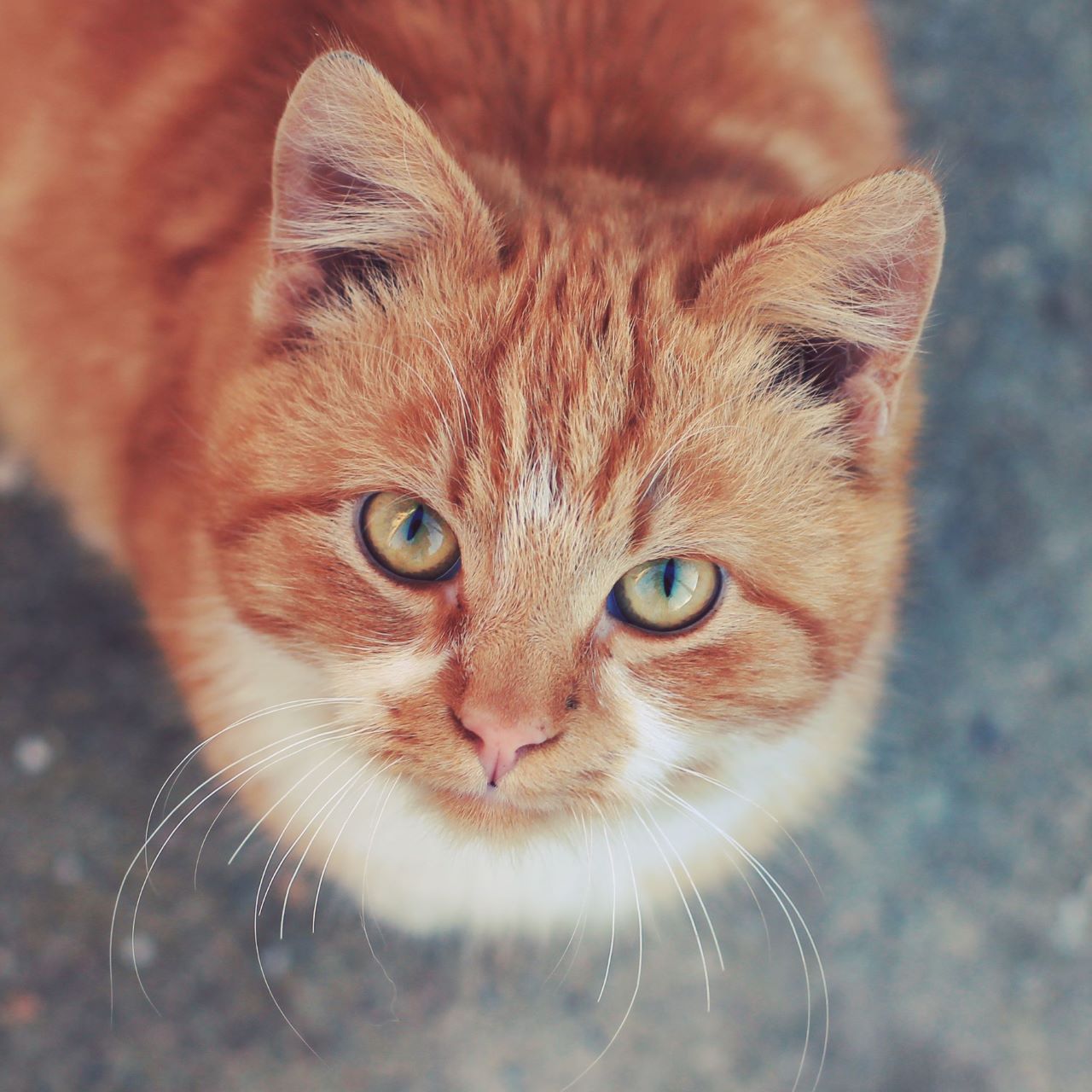Oregon Court of Appeals Determines That Even if a Condition Takes Time to Cause Maximum Damage, the Passage of Time Does Not Necessarily Mean That an Instrumentality Will Not Be Considered to Be “Direct and Immediate.”
From the desk of Josh Hayward: How many cats is too many? The jury is still out on that, but a recent Oregon Court of Appeals opinion suggests that it is probably not wise to allow a tenant to keep 100 cats. In this case, Plaintiff filed suit against State Farm after the company denied coverage under a “domestic animal” exclusion. The key issue was whether damage caused to a rental unit by the “permeating odor of cat waste” was directly and immediately caused by the domestic animals.
Case Pointer: When it comes to insurance policy exclusions, damage caused “directly” and “immediately” by domesticated animals is generally not covered. In this case, there was no dispute that a tenant’s 100 cats had caused direct and immediate damage to the subject rental unit. However, there was question about whether damage developing over time but still initially caused by the animals was also “direct and immediate.” Ultimately, the Oregon Court of Appeals determined that if an animal causes damage, it is a “direct and immediate” cause of that animal, even though the passage of time may have occurred before the damage became noticeable.
Phillips v. State Farm Fire and Casualty Co., 302 Ore. App. 500 (February 26, 2020).
This case involved a dispute between an insured property owner (Plaintiff) and State Farm, which had issued a policy for a “rental dwelling.” The insured’s tenant owned approximately 100 cats, which had urinated and defecated within the dwelling. Over time, the odor permeated throughout the unit. When Plaintiff filed a claim with State Farm, State Farm denied, citing an exclusion that precluded coverage for “loss to [the property described in the policy] either consisting of, or directly and immediately caused by […] domestic animals.”
Plaintiff brought a number of assignments of error before the Oregon Court of Appeals, the most important of which centered on the “direct and immediate” clause in State Farm’s exclusion. In this instance, State Farm’s policy had not defined what “direct” or “immediate” meant, so it was up to the court to make that determination. To that end, the court looked to Webster’s Dictionary to ascertain plain meanings for both terms. By the end of its analysis, the court concluded that, in this context, “direct and immediate” damage is that which can be “directly linked to domestic animals,” and that any damage linked to a domestic animal “by timing and physical connection is excluded.”
The critical challenge in this case was determining whether damage caused by the passage of time and through the negligence of the tenant was still a direct and immediate cause. Plaintiff’s theory was that because the urine and feces took time to permeate throughout the rental unit, they were no longer “direct and immediate” such that coverage could be denied under the domestic animal exclusion. State Farm disagreed with this position. State Farm argued that it was immaterial that the passage of time and failure to take reasonable steps to intervene when damage occurs were required to make matters worse. The only material fact was that the cats brought about the instrumentality that ultimately caused the permeation of the odor.
Ultimately, the court agreed with State Farm. At the outset, the Court of Appeals found no ambiguity in the exclusion. The action of the nearly-100 cats was, in the court’s view, the direct and immediate cause of the claimed physical damage. It was immaterial that the urine and feces required time to permeate before it became as particularly pervasive as it was in this case. The Court of Appeals confirmed that “direct and immediate” may be more akin to “directly caused by.” If damage is caused by some instrumentality, it is immaterial that the passage of time may have exacerbated the issue – the resulting damage was a direct and immediate result.

















